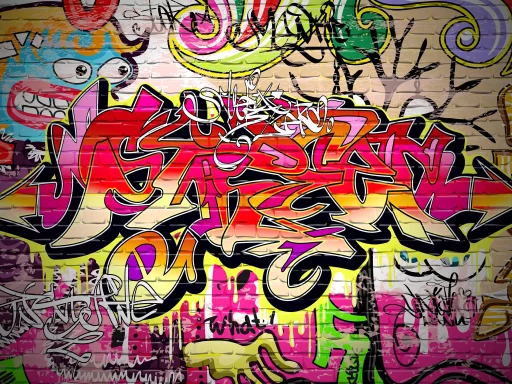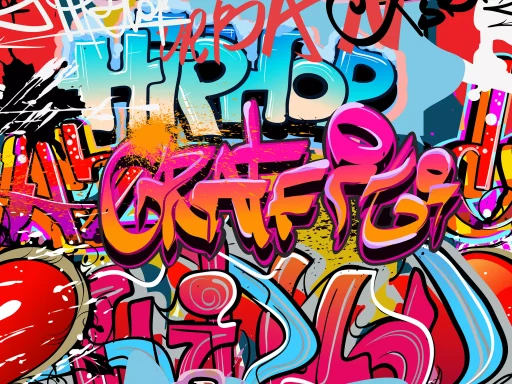What is a Goblin in Slang?
The term “goblin” has transcended its origins in mythology and folklore, seeping into modern slang with a multitude of meanings. In recent years, especially within internet culture, the term has been used to describe a certain type of behavior or personality. Generally, a ‘goblin’ in slang refers to someone who is socially awkward, odd, or behaves in a whimsical, sometimes mischievous way.
Origins of the Term
The original goblin is a mythical creature, often described as a small, grotesque, mischievous being found in European folklore. The term gained new life in pop culture, with fantasy novels, movies, and games portraying goblins as humorous or sinister characters. From there, the term evolved, and its newer definitions began to gain traction in social media platforms.
Modern Usage of ‘Goblin’
- Social Media: Platforms like TikTok and Twitter have popularized the term, often in humorous or sarcastic contexts.
- Fashion and Aesthetics: The ‘goblin mode’ aesthetic embraces messy, unapologetically chaotic lifestyles, contrasting sharply with the polished image often perpetuated on social media.
- Gaming Culture: Gamers may refer to troublesome players or characters as goblins, emphasizing their unpredictable and often disruptive behavior.
Examples of Goblin in Popular Culture
In memes, you might see individuals labeled as “goblins” for their chaotic home environments or wild hairstyles. For instance, the popular “goblin mode” meme embodies a carefree attitude, often showcasing someone indulging in lazy or overly casual habits, such as binge-watching shows or snacking without care. This humorous take reflects a growing acceptance of embracing one’s flaws and imperfections.
Case Studies: Goblin Mode in Action
- Case Study 1: Online Communities
Online forums like Reddit have segments dedicated to “goblin mode” where users share their experiences of letting go of societal pressures and embracing a carefree lifestyle. A Reddit thread titled “Goblin Mode: Let’s Celebrate Slob Culture” garnered over 20,000 upvotes, showcasing the popularity and relatability of this lifestyle.
- Case Study 2: TikTok Trends
On TikTok, users frequently share videos under the ‘goblin mode’ hashtag, showcasing behaviors that align with the goblin persona. This includes clips of messy rooms, absurd cooking experiments, or unconventional outfits. Videos tagged with this term have collectively gathered millions of views, demonstrating its cultural impact.
Statistics and Popularity
According to Google Trends, searches for the term “goblin mode” spiked significantly in early 2022, indicating a rising interest in the concept. Furthermore, sociologists report that the embrace of such playful slang reflects broader societal attitudes towards authenticity and imperfection. Approximately 67% of millennials and Gen Z respondents believe that social media should promote realness over unattainable ideals.
Conclusion
The term “goblin” as slang illustrates not merely a quirky trend but a significant cultural movement towards celebrating individuality and shortcomings. By shifting the narrative from perfection to acceptance of chaos, the concept of being a “goblin” invites a lighter approach to our social interactions in a world often dominated by polished facades. Next time you hear someone refer to a ‘goblin,’ consider the broader context of what they might be celebrating: a whimsical, imperfect experience of life.






